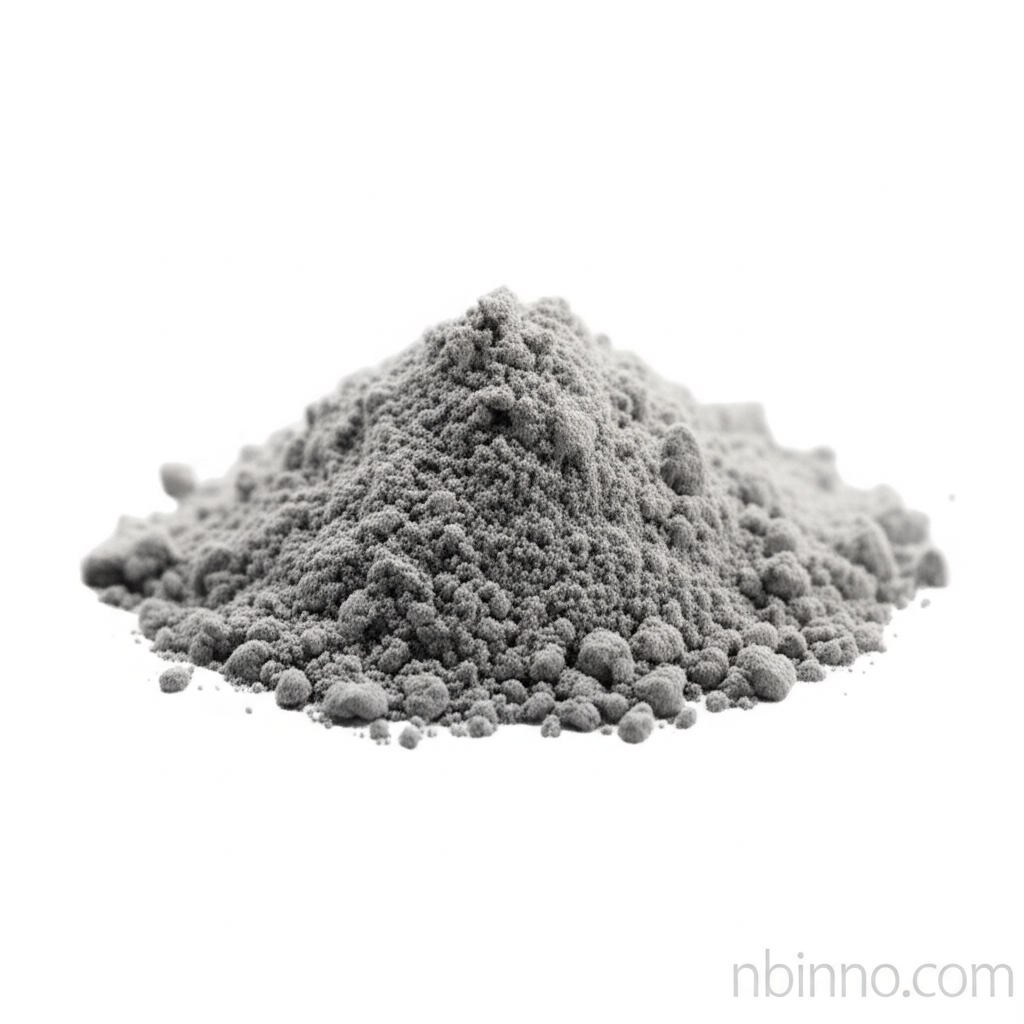9-Fluorenemethanol: Synthesis, Applications, and Spectroscopic Insights for Advanced Chemistry
Discover the versatile role of 9-Fluorenemethanol in organic synthesis, materials science, and medicinal chemistry.
Get a Quote & SampleProduct Core Value

9-Fluorenemethanol
9-Fluorenemethanol is a vital chemical intermediate with diverse applications, most notably as the precursor for the widely used Fmoc protecting group in peptide synthesis. Its unique fluorene backbone imparts desirable properties for advanced materials, including optoelectronics and high-performance polymers.
- Explore the detailed 9-fluorenemethanol synthesis pathways, from industrial optimization to green chemistry innovations.
- Understand the critical role of the Fmoc protecting group in modern peptide synthesis, enabling efficient and automated production of peptides.
- Learn about the application of fluorene derivatives in cutting-edge optoelectronic devices like OLEDs and perovskite solar cells.
- Investigate the use of fluorenone derivatives as sensitive fluorescent probes and in the development of novel medicinal agents targeting cancer and infectious diseases.
Key Advantages
Versatile Intermediate
As a key intermediate, 9-fluorenemethanol facilitates the creation of Fmoc-protected amino acids, crucial for efficient peptide synthesis, highlighting its importance in Fmoc chemistry in peptide synthesis.
Advanced Material Precursor
The fluorene scaffold is integral to the development of optoelectronic materials, offering tunable emission and charge transport properties for OLEDs and solar cells, a key aspect of fluorene derivatives in optoelectronics.
Bioactive Compound Foundation
Derivatives like fluorenone are utilized in medicinal chemistry, serving as the basis for developing antimicrobial agents and potential anticancer drugs, demonstrating the medicinal applications of fluorene scaffolds.
Key Applications
Peptide Synthesis
The Fmoc group derived from 9-fluorenemethanol is essential for protecting amine groups in solid-phase peptide synthesis, facilitating the construction of complex peptide chains.
Optoelectronics
Fluorene derivatives are vital components in OLEDs and solar cells, leveraging their unique photophysical properties for efficient light emission and charge transport.
Medicinal Chemistry
Fluorenone derivatives exhibit antimicrobial and anticancer activities, serving as a basis for developing new therapeutic agents and diagnostic tools.
Polymer Science
As a monomer, 9-fluorenemethanol derivatives contribute to high-performance polymers with excellent thermal stability and processability.
